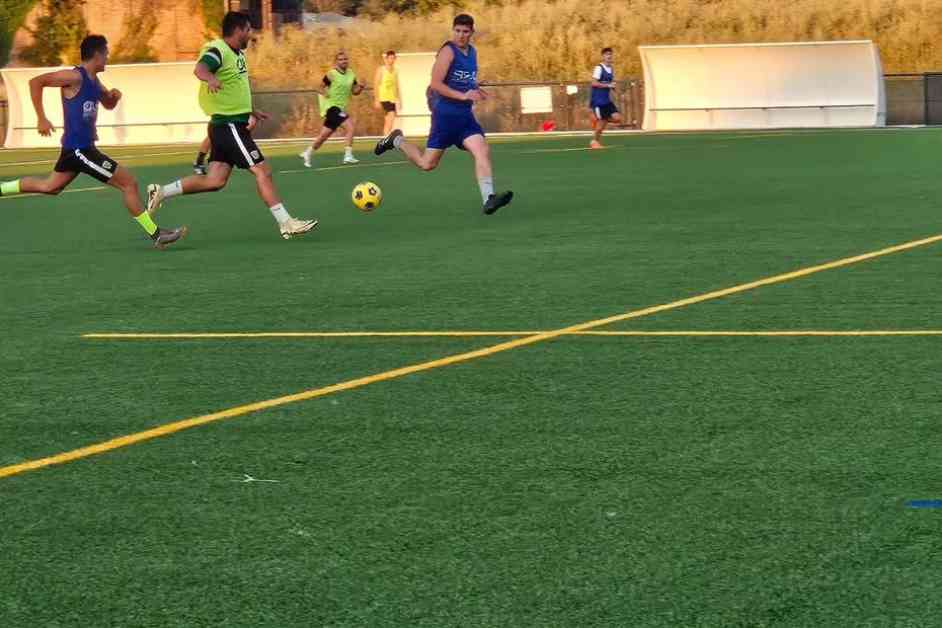AS Monferran-Savès Football Club in Gers, France, is pioneering the use of a revolutionary new synthetic turf made from corn husks, in compliance with new European standards. The European Commission has recently banned the construction of synthetic sports fields using microplastics, prompting the club to explore innovative and eco-friendly alternatives.
The club president, Patrick Brux, expressed satisfaction with the new playing surface after two teams tested it. « Based on the feedback from both male and female players who have trained on the field, we are quite pleased, » Brux stated. With 206 registered players in a town of 800 residents, the club is excited to unveil their new pitch, which underwent testing starting on August 5, 2024, and is set to be officially inaugurated next month.
The unique feature of this synthetic turf lies in its composition, which is plant-based rather than synthetic. Instead of using microplastic pellets, the field is filled with corn husks, a cutting-edge and less polluting material that, along with cork, is emerging as a sustainable alternative to polymers. Brux explained that corn husks are less volatile than cork, making them a safer choice for the environment. The decision to use corn husks was made by the Gascogne-toulousaine Community of Communes.
Not only does this new surface meet the regulatory requirements of the French football and rugby federations, but it also offers additional benefits. The corn-based filling reduces heat and dust, minimizes player injuries (thanks to a shock-absorbing underlayer), and eliminates the need for watering. The company responsible for developing the filling material is located near Tarbes, in the Hautes-Pyrénées region. Alain Fauré, the director of technical services for the Gascogne-toulousaine Community of Communes, emphasized the local production of the corn husks, contrasting them with imported cork from Portugal.
The football club of Monferran-Savès is among the first in France to adopt this type of playing surface, installed in a brand-new sports complex funded by the local community. Only about twenty such fields exist in France, with the second one in Gers located in the town of Preignan. Fauré noted the rapid advancement in technology, stating, « It’s brand new. Four years ago, when I built a field in Lisle-Jourdain, this technology didn’t exist. »
The number of fields using natural materials like corn husks is expected to rise following a recent proposal by the European Commission to ban granular infill materials on artificial sports surfaces, which are a major source of intentional microplastic pollution. Microplastic pellets, primarily derived from recycled tires, pose significant environmental and health risks. Cities with synthetic fields are now required to transition to more sustainable filling materials, with the construction of new polymer-based fields being prohibited.
This shift towards eco-friendly alternatives aligns with the growing global emphasis on sustainability and environmental responsibility in sports infrastructure. AS Monferran-Savès Football Club’s adoption of corn husk-filled synthetic turf sets a precedent for other clubs and communities to prioritize green solutions in their facilities. The innovative use of natural materials not only enhances player safety and performance but also contributes to a cleaner and healthier environment for future generations.

